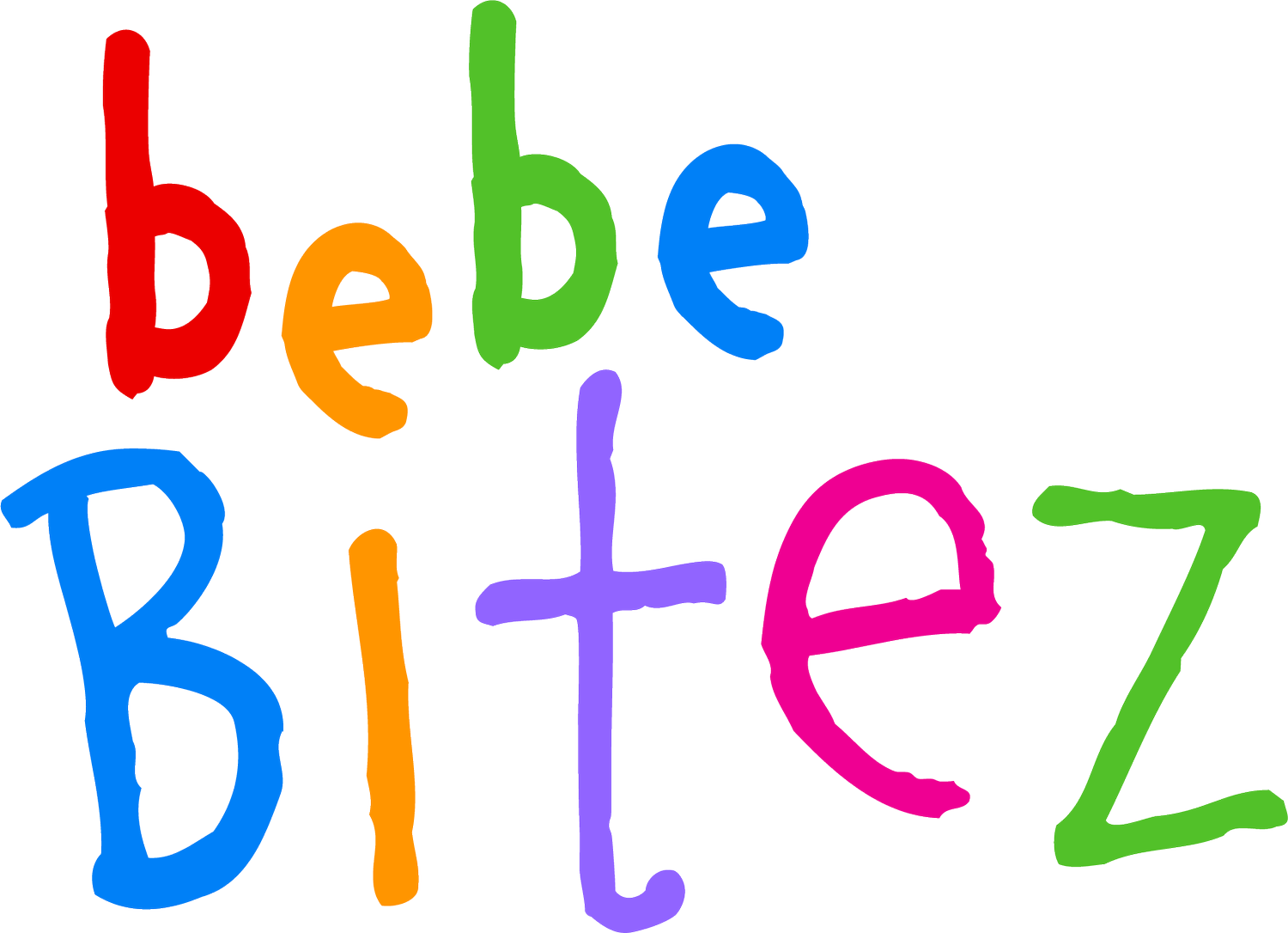The Dairy Dilemma: Discovering Hidden Risks In American Dairy
Written by Cate Graney
Discovering the unexpected benefits of European dairy firsthand during a vacation marked a turning point for me as a Hashimoto’s patient. Despite years of meticulously avoiding dairy and other trigger foods back home in the U.S., my European indulgence left me feeling healthier than ever, and curious as to why. This blog dives into the health risks and regulatory gaps that could affect families, highlighting why every parent should know about the food their kids consume.
My Grecian vacation in June was my first time in Europe since my Hashimotos diagnosis. Hashimotos, also known as Chronic lymphocytic thyroiditis, is an autoimmune disease that affects your thyroid gland, causing a decrease in the amount of thyroid hormone produced; the hormone that regulates your body's metabolism. Since my diagnosis, I have struggled with digesting all of my favorite foods, bloating and fatigue after eating. I have tried to prevent these symptoms by limiting the processed foods, bread, dairy, red meat and eating more dark greens.
When I got to Europe, I put a pause on all of my ‘rules’, I figured I was on vacation and should eat all the Greek Yogurt, feta cheese, lamb and candy I wanted to. Now guys–I'm not exaggerating at all, I have never felt better, I was eating dairy at every meal and I felt incredible. My fellow Americans, can you imagine having dairy for every meal here? I feel sick just thinking about it, yet somehow the dairy in Europe thrived in my diseased body.
Now, it is no secret that the food in Europe is healthier, the whole world knows about the infamous, European-banned, Red Dye 40, a crucial ingredient to one of my personal favorite junk foods, Nacho Cheese Doritos. But there’s no way foods that are deemed natural and healthy like milk and yogurt are filled with chemicals. Right? Wrong. As soon as I got home I had to do a bit of my favorite hobby, investigative journalism, where I found a whole list of food additives, banned in Europe that are still widely used in the United States. And to my surprise, these food additives are not just for processed foods like cereal or GMO’s for massive strawberries, these are chemicals from Potassium Bromate, the additive used to make bakers goods whiter, to Ractopamine which increases lean muscle mass in animal stock.
Recombinant Bovine Somatotropin
In 1993, the United States Food and Drug Administration approved rbGH (recombinant bovine growth hormone), also known as rbST (recombinant bovine somatotropin)under the brand name “Posilac™”, claiming that milk and meat products with these growth hormones were completely safe to consume. However, only six years later, the European Union banned rbGh and rbST due to potential harm to humans and cows. Today, despite being prohibited in the EU, Australia, Canada, Japan and other countries, these chemicals are still permitted in American dairy products. Notably, the FDA does not require dairy companies to label their products if they use these hormones.
Consequences of rbST
Elevated levels of IGF-1
While IGF-1 (Insulin-Like Growth Factor) is necessary to promote normal growth of bones and tissues in the body, but in high-levels can be associated with various cancers. When consuming rbST and rbGH milk, IGF-1 can enter the bloodstream potentially leading to prostate, breast and colon cancer, according to the Center For Food Safety. Additionally, children should not be consuming chemicals.
Antibiotic Resistance
rbGH can have detrimental effects on the dairy cows injected with these growth hormones including Mastitis, the infection and inflammation of the cow’s udder. So farmers combat this infection by giving the cows antibiotics. Scientists have highlighted a case of Ceftriaxone-resistant salmonella infection in a 12-year-old boy. Despite antibiotic treatment, his body did not respond to the medication intended to cure his salmonella. The analysis, revealing that there was no distinction between the Ceftriaxone-resistant isolate found in the child and that present in cattle, suggests that humans will experience resistance to antibiotics if they continue to consume rbST and rbGH dairy products.
So, do I stop giving my kid milk?
Quick answer: no.
Now, concerned parents, milk is important for children to receive adequate Vitamin D, Vitamin A and protein, and while talk of cancer associated chemicals in your children’s milk is daunting, there is a way to avoid it.
Not all dairy products contain rbST and rbGH, but as stated previously, the FDA does not require that dairy products are labeled if they do or do not use these growth hormones. So my piece of advice is–buy local & organic A2/A2 where possible. The exclusively west coast products like Tillamook, Joseph Farms, Sunshine Dairy and my personal Bay Area favorite Clover Stornetta Farms do not contain rbST and rbGH. While the dairy brands that do include rbST and rbGH, are the ones that are commercialized and mass produced like Lucerne, Sorrento, Land O’ Lakes, General Mills dairy products and others.
What else can I do?
Because we have the biggest market in all of the United States, California can act as a trailblazer when it comes to demanding transparency. By contacting local representatives, and advocating for clear labels on our dairy products, we can push for regulations that prioritize the health of families instead of corporate interests. Kids deserve nothing but the very best food to ensure they are healthy and growing, and parents deserve to know exactly what they are putting in their kiddo’s bodies. Together, we can advocate for a nutritious childhood future.

